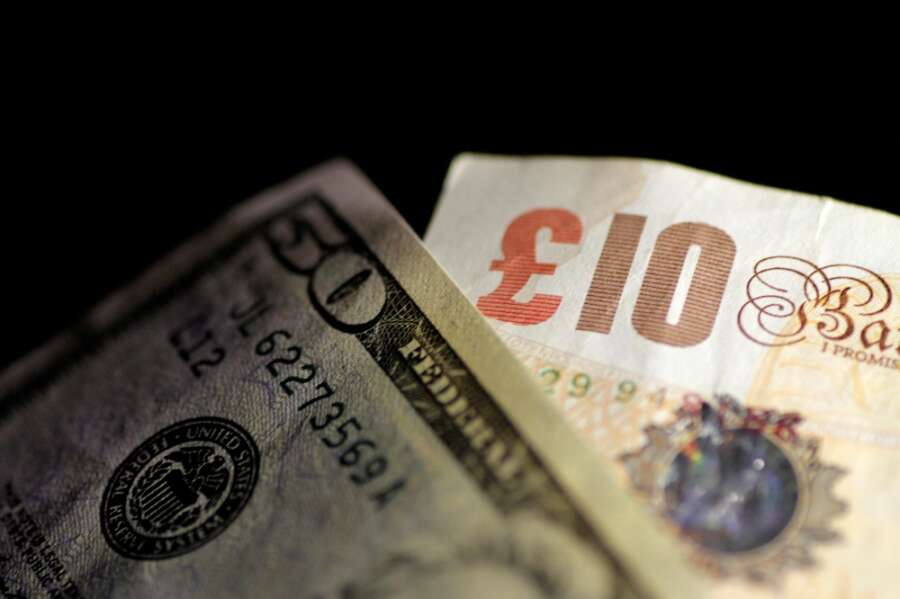
LONDON (Reuters) – Sterling fell on Friday against the dollar and the euro as Britain’s darkening economic outlook remained at the forefront of traders’ minds.
The pound was down 0.52% to $1.18460 and was 0.29% lower against the euro, trading at 88.620 pence.
A stronger dollar – which on Friday was holding near an almost one-month high ahead of a key read of the strength of the U.S. economy – is behind the weaker pound.
“It does primarily look like a dollar story this week but the barrage of negative economic headlines out of the UK can’t be disregarded,” said Simon Harvey, head of FX Analysis at Monex Europe, also highlighting the pound’s underperformance relative to the euro.
Though the pound remains not far off a six-month high touched in mid-December, the outlook is murky as recession fears, high inflation and a cost-of-living crisis weigh on the British economy.
British construction activity fell last month at its sharpest rate since May 2020, as new orders dried up in the face of rising interest rates and broader cost pressures, a survey showed on Friday.
A survey on Thursday showed Britain’s services sector ended 2022 in lacklustre fashion, with new orders falling and hiring frozen during December, a sign that Britain is probably already in recession.
“Growth differentials are also at play for the pound and we think deteriorating sentiment means this momentum lower can be sustained,” Harvey said.
Earlier in the week, the S&P Global/CIPS UK manufacturing Purchasing Managers’ Index (PMI) fell to 45.3 in December from 46.5 in November, its lowest since May 2009, apart from two months at the start of the COVID-19 pandemic in 2020.
The BoE has hiked interest rates nine times since December 2021 to try to lower inflation that remains near a 41-year high, while attempting to skirt a severe downturn.
On Friday, currency traders were looking ahead to the U.S. labor department’s closely watched employment report due for release at 1330 GMT.
Economists predict 200,000 workers were added to non-farm payrolls in December, which would mark the slowest pace of growth in two years. Focus for investors will likely be more intense on measures of wage inflation, as this is a gauge that Federal Reserve policymakers are monitoring.
(Reporting by Lucy Raitano; Editing by Hugh Lawson)


